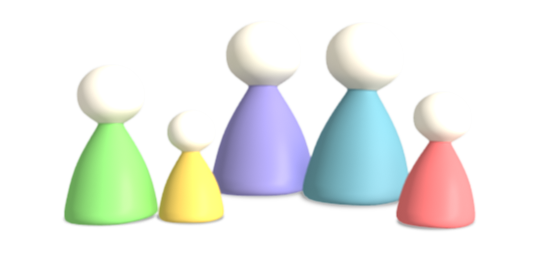Growing and Cooking With Herbs
Who doesn’t like a few fresh herbs in their cooking? Who doesn’t like a garden, yard or window box that smells great and needs very little maintenance?
This is the first of the series about growing your own herbs and cooking with them. We’ll be offering some of our favourite recipes with each blog.
If you are not in the habit of using herbs in your cooking then you are missing out. Not only do they add hugely to the flavour of meals but the health benefits are widely known and praised. For anyone on a small budget growing your own herbs takes very little outlay and can turn otherwise plain foodstuffs into something you’d pay big bucks for in a restaurant.
Here’s the thing: planting a few herbs will pay back the outlay especially if they manage to survive the winter or self-seed.
Sure, we are encouraged to buy packets of fresh cut herbs from the supermarket, but there is often more than needed and half goes to waste. Let alone the fact that it comes in yet another plastic bag the planet doesn’t need clogging up the ecosystem. However, for the price of that packet of herbs you could buy a packet of herb seeds which can give you a big return on that small investment. Buying ready grown herbs in a pot is still a reasonable idea, especially if you don’t have much space to plant things.
Herbs will quickly establish themselves in a garden, in pots by the front door or planters on a balcony. Most like full sun as they are mediterranean in origin, but it is surprising what will grow in more shaded spots.
If you are worrying what to plant for eating or which might not do well in your space, don’t. Just go for the scattergun option. Some things will thrive, some won’t. Some will go rampant and need controlling others will need more nurturing. It’s just one of those things you’ll have to figure out as you go. Plant what you want to eat, what you like the look or smell of. Don’t get too carried away with the dizzying varieties to be found in herb compendiums (although they do make interesting reading). You will probably never use myrtle or feverfew. And from experience think long and hard before you plant comfrey or borage as they self seed very well and take over if you are not careful.
For our part we had a small front garden space some 6-7 square meters and a paved back yard of around 10. When we moved in the front was filled with those standard boring unkillable evergreen shrub/bush things that never seem to do anything. We took them out as well as all the weeds growing underneath. Baby herb plants like a little space around them until they get established. With this in mind don’t get tempted by those pots of herbs with four or five varieties all stuffed in together. They look good in the shop but rarely do well in the long term.
The only aim we had was to go for a tumbling cottage garden approach and let things find their own balance rather than a formal arrangement. Oh, and it needed to be low maintenance.
My husband had already planted a tray of sage seeds which all germinated well just sitting on the windowsill. So they went into the front. Those tiny seedlings grew into big beautiful and wonderfully scented low growing bushes that define the garden space winter and summer. We’ve also had success growing rosemary, oregano, marjoram, curry plant, lavender, lemon balm, thyme, mints, rocket, angelica, cat mint, coriander, chicory, parsley, garlic and chives.
If you are planting in pots or planters, remember that they will need watering enough to prevent them drying out entirely. Though most will survive a dry spell if you go away for a bit in the summer.
We’ve planted a variety of other herbs in both the front garden and in planters at the back and always enjoy seeing them mature as well as having them on tap for meals.
If you are interested in knowing more about herbs I can recommed:
Jekka’s Complete Herb Book by Jekka Mcvicar
as well as:
The Complete Book of Herbs by Lesley Bremness (currently out of print but available used)



